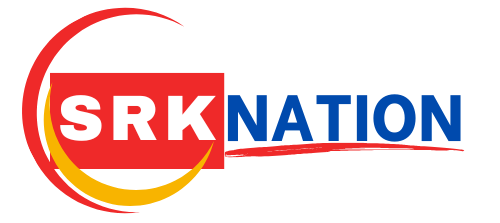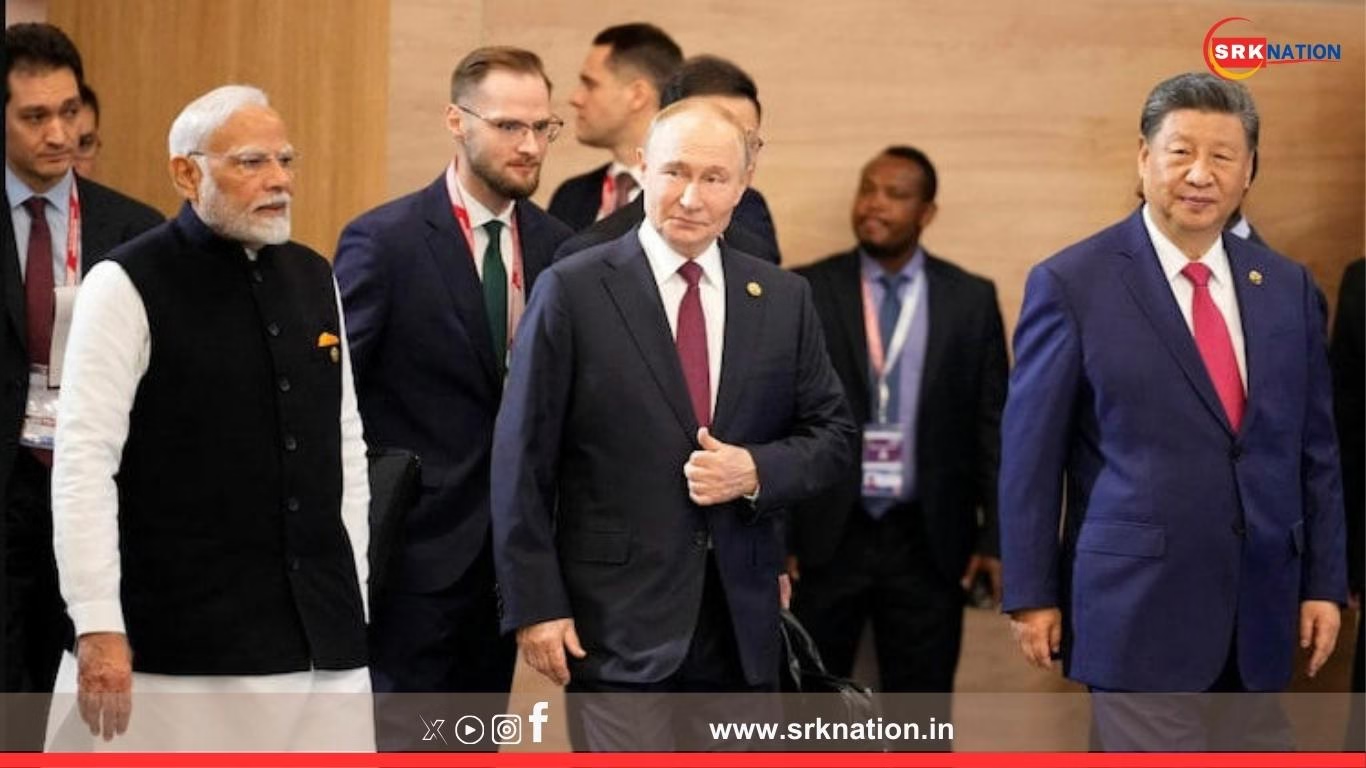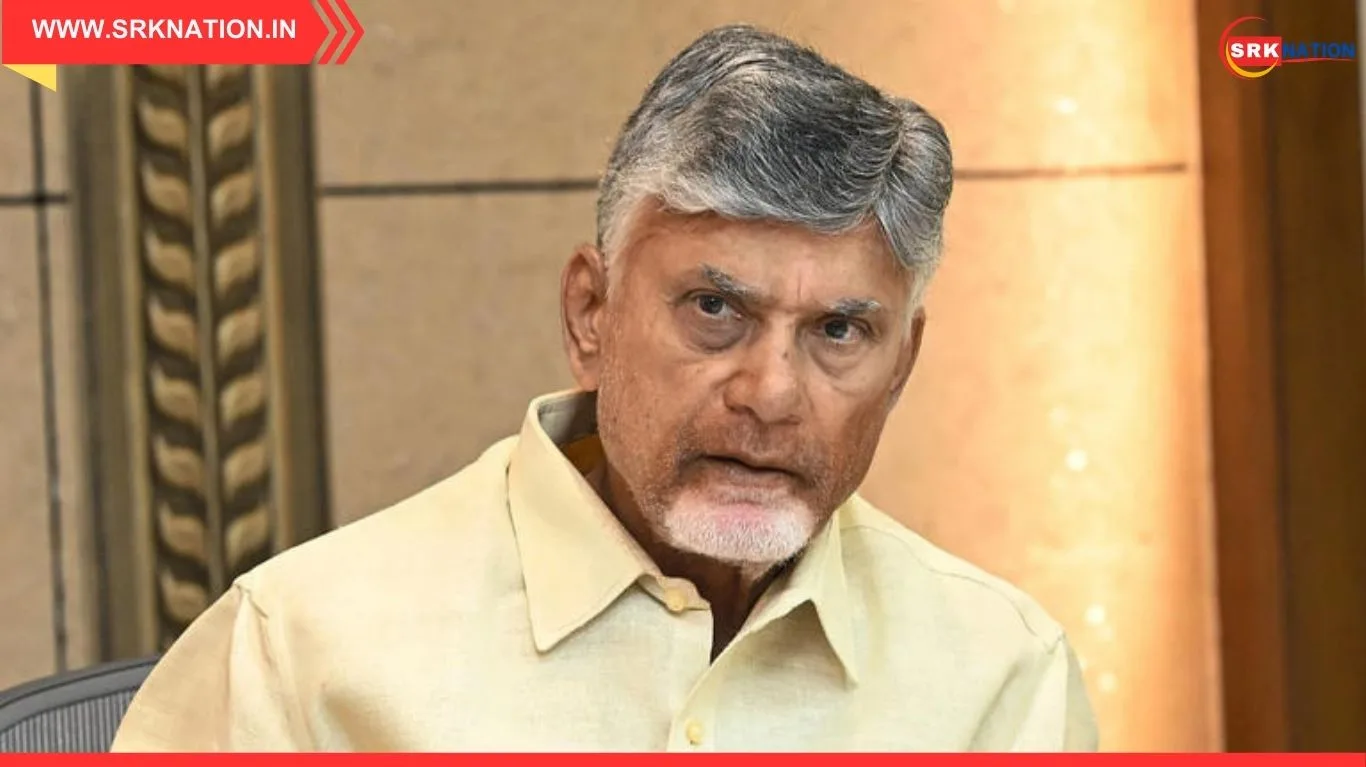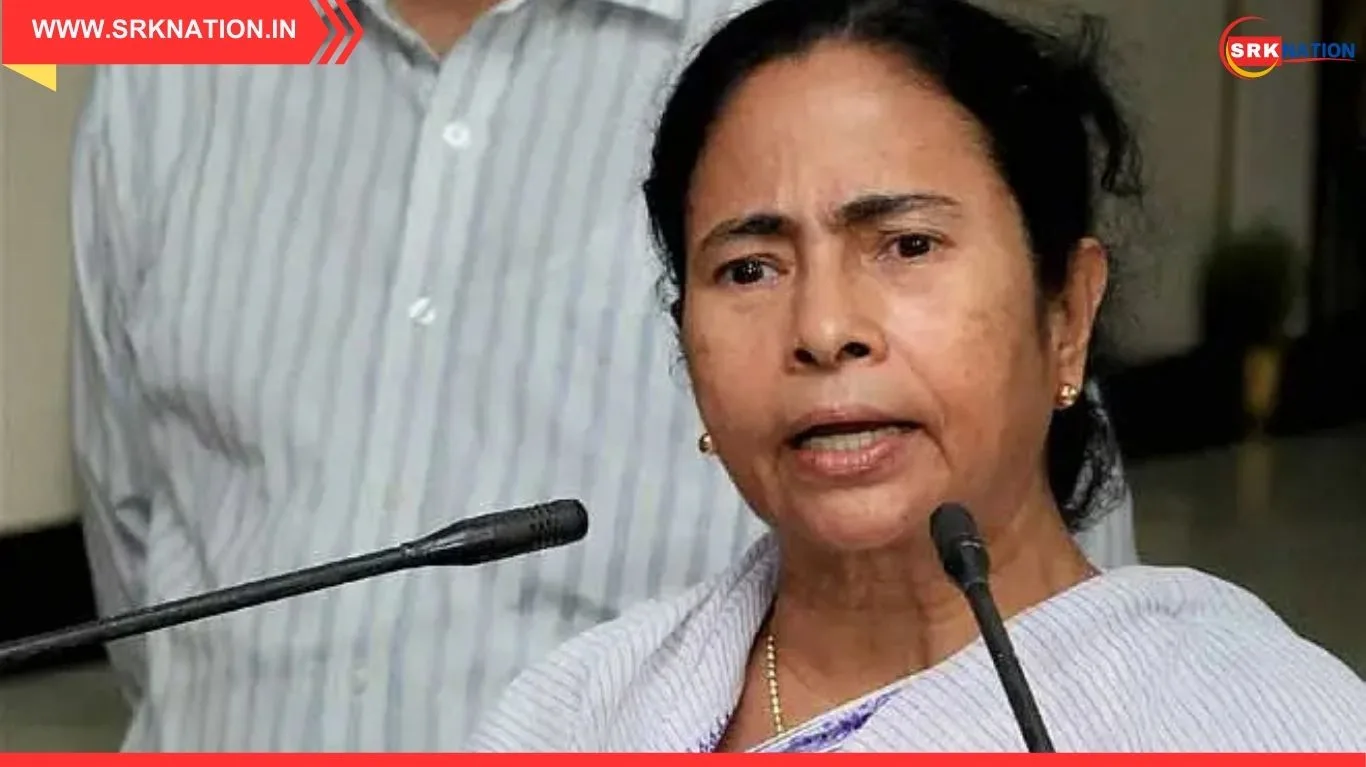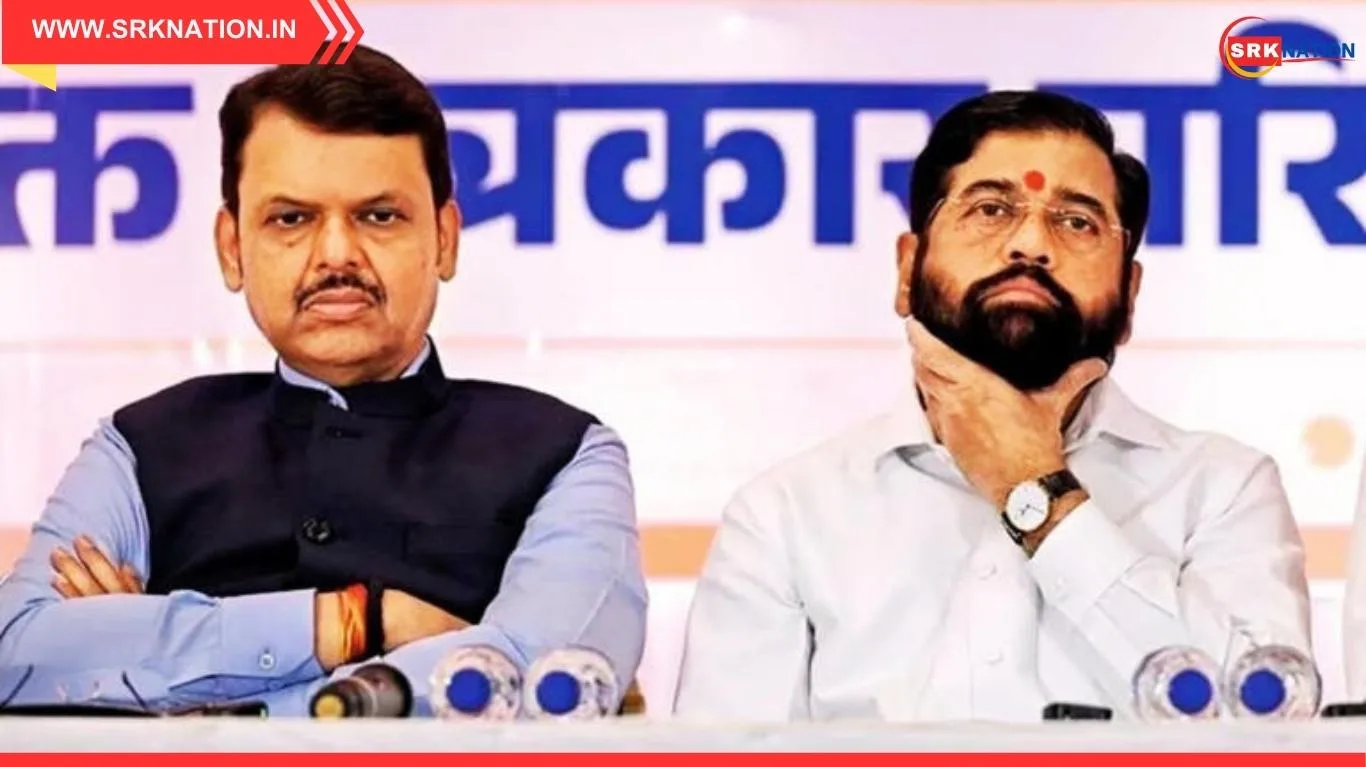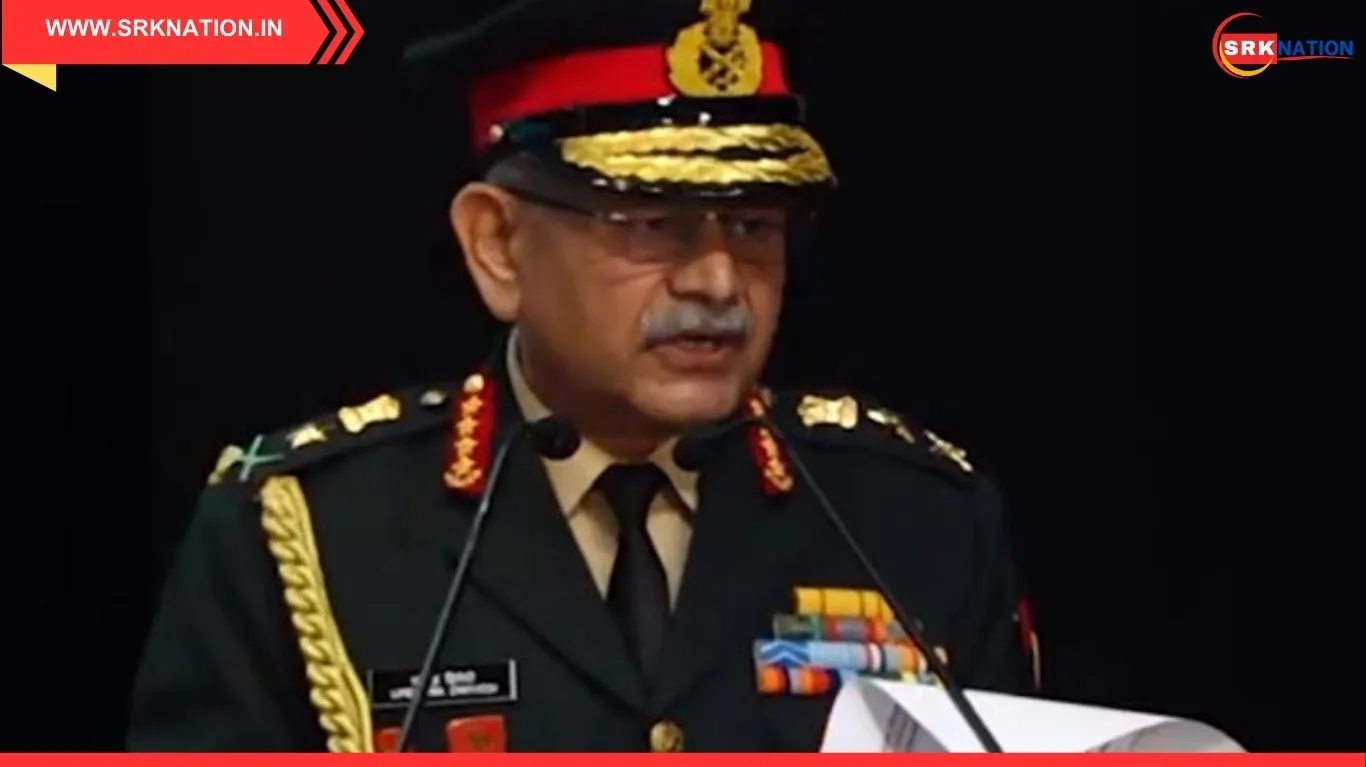Prime Minister Narendra Modi’s recent visit to Beijing for the Shanghai Cooperation Organisation (SCO) summit has sparked intense geopolitical debate, with foreign policy experts suggesting that India’s growing proximity to China and Russia is “entirely of Washington’s making.” The visit, which included bilateral talks with Chinese President Xi Jinping and Russian President Vladimir Putin, is being interpreted as a strategic recalibration by New Delhi—one that reflects frustration with recent US trade policies and a desire to assert India’s autonomy on the global stage.
The summit, held in Tianjin, China, brought together leaders from across Eurasia and the Global South. Modi’s presence was seen as a deliberate signal that India will not be sidelined in forums dominated by Beijing, nor will it allow its foreign policy to be dictated by Western protectionism.
🧭 Key Highlights of PM Modi’s Beijing Visit
| Event / Interaction | Description |
|---|---|
| SCO Summit Participation | Modi attended the 25th Heads of State Council Summit |
| Bilateral Talks with Xi Jinping | Focused on terrorism, trade, and regional stability |
| Meeting with Vladimir Putin | 45-minute car ride discussion followed by formal talks |
| SCO Declaration | Condemned double standards in global anti-terror efforts |
| Modi’s Statement | Emphasized India’s stand on “key global issues” |
Modi’s visit marked his first trip to China in seven years and came amid rising tensions with the United States over a 50% tariff hike on Indian exports.
🔍 Expert Analysis: Why Washington Is to Blame
Foreign policy analyst Edward Price, speaking to ANI, stated:
“India is a significant player in the 21st century and is poised to become even more powerful. I can’t for the life of me understand why the President of the US, in confrontation with China and in a war with Russia, would impose 50% tariffs on India. We need to remove them and apologise.”
Price’s remarks reflect a growing consensus among American strategists that the tariff decision was counterproductive, pushing India closer to its Eurasian neighbours at a time when Washington needs New Delhi as a strategic counterweight to Beijing.
📉 Timeline of US-India Trade Tensions and Strategic Fallout
| Date | Development | Impact on India-US Relations |
|---|---|---|
| Aug 27, 2025 | US imposes 50% tariff on Indian exports | Diplomatic strain, trade disruption |
| Sept 1, 2025 | India seeks WTO consultation | Formal challenge to US trade policy |
| Sept 2, 2025 | PM Modi attends SCO summit in China | Strategic signalling to Washington |
| Sept 3, 2025 | Edward Price calls for apology and tariff rollback | Sparks debate in US foreign policy circles |
India’s participation in the SCO summit is being viewed not as a reactionary move, but as part of a broader multi-alignment strategy.
🔥 Strategic Implications of Modi’s SCO Engagement
India’s engagement at the SCO summit was not about endorsing China’s narrative, but about asserting its presence in forums that shape regional security and economic agendas.
| Strategic Objective | Modi’s Approach | Outcome |
|---|---|---|
| Counter US Protectionism | Attend SCO, engage with China and Russia | Signal autonomy, diversify partnerships |
| Shape Eurasian Dialogue | Participate actively in summit discussions | Influence regional security and trade talks |
| Address Terrorism | Call out double standards in SCO declaration | Push for unified anti-terror stance |
| Maintain Strategic Balance | Avoid bloc politics, engage all sides | Preserve India’s independent foreign policy |
India’s calls for stronger condemnation of cross-border terrorism were included in the SCO declaration, a diplomatic win for New Delhi.
📦 India’s Multi-Alignment Strategy: Beyond Binary Alliances
India’s foreign policy has long been rooted in strategic autonomy. Modi’s Beijing visit reinforces this doctrine, showing that India will engage with all major powers without being locked into rigid alliances.
| Partner Country | Engagement Type | Strategic Benefit |
|---|---|---|
| United States | Trade, defence, technology | Access to innovation, strategic deterrence |
| China | Regional forums, trade | Influence in Asian geopolitics |
| Russia | Energy, defence, Eurasian connectivity | Historical ties, multipolar balance |
| EU / ASEAN | Trade agreements, diplomatic outreach | Diversified economic partnerships |
India’s presence at the SCO summit was about shaping the agenda, not endorsing any bloc.
🧠 Expert Commentary and Global Reactions
| Expert Name | Role | Comment |
|---|---|---|
| Edward Price | US Foreign Policy Analyst | “Washington’s missteps are pushing India away.” |
| Meera Iyer | Strategic Affairs Columnist | “Modi’s visit is a masterclass in multi-alignment.” |
| Rajiv Bansal | Trade Economist | “India is asserting its place in global trade forums.” |
The visit has also drawn praise from Russian President Vladimir Putin, who appreciated India and China’s efforts to resolve the Ukraine conflict.
📉 Challenges Ahead: Managing Perceptions and Partnerships
While India’s strategic balancing act is widely admired, it also faces challenges:
- Perception Management: Avoiding misinterpretation of closeness with China
- Trade Diversification: Reducing dependency on US and EU markets
- Security Coordination: Navigating SCO’s internal divisions on terrorism
- Domestic Consensus: Ensuring bipartisan support for multi-alignment
India’s foreign policy team will need to maintain clarity and consistency to avoid diplomatic pitfalls.
📌 Conclusion
Prime Minister Narendra Modi’s visit to Beijing for the SCO summit is a powerful reminder that India’s foreign policy is guided by strategic autonomy, not external pressure. As experts like Edward Price point out, Washington’s tariff missteps have only accelerated India’s pivot toward diversified global engagement. Whether the US chooses to reset its approach or continue down a confrontational path may well determine the future of its relationship with one of the world’s most influential democracies.
—
Disclaimer: This article is based on publicly available expert commentary and media reports as of September 3, 2025. It is intended for informational purposes only and does not constitute diplomatic, legal, or investment advice.
